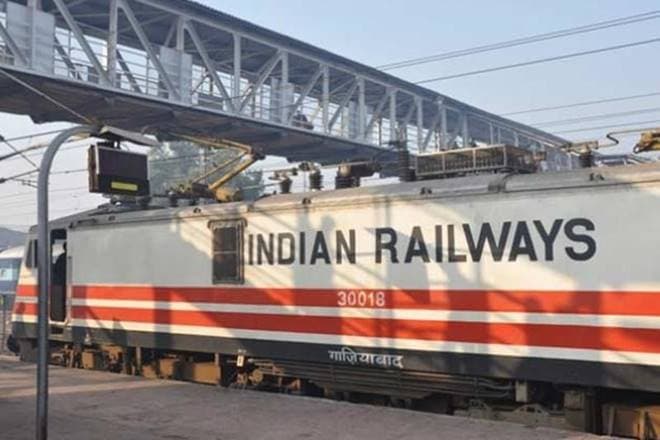The Indian Railways has achieved a robust 36% year-on-year growth in capital expenditure to Rs 32,000 crore during April-July 2017, entrenching its status of the last couple of years as a key driver of public capex. The transporter’s Q1FY18 capex jump comes on top of a 19% annual growth in its capital investments in 2016-17 and 59% in 2015-16. The railways has planned a capital expenditure of Rs 1,31,000 crore for the financial year 2017-18, of which Rs 69,000 needs to be raised through budgetary resources and Rs 62,000 crore through extra budgetary means. While expenditure from the budgetary resources till July 2017 was Rs 17,000 crore, some Rs 15,000 crore was raised from extra budgetary resources.
The Centre’s overall budgetary capex for April-June increased 39% y-o-y to Rs 68,328 crore, of which nearly 50% was defence-related. Roads, agriculture, urban development, and housing, apart from railways, were the beneficiaries due to front-loading of expenditure.
During April-July, the railways spent Rs 3,154 crore through institutional financing and Rs 6,627 crore through partnerships, a focus area since the carrier is financially constrained. These are up around 230% and 118%, respectively, compared with the same period a year ago.
The capex include investments in building tracks which saw a total spending of around Rs 8,500 crore, including construction of new lines, gauge conversion, doubling and track renewals.

A Railway Convention Committee on track upgradation and modernisation in a report laid in the Lok Sabha recently observed that on average, 4,000-5,000 km of track requires renewal each year to keep the system in a healthy state. However, the committee expressed concerns that though the level of traffic has increased 14 times between 1950-51 and 2014-15, the track infrastructure has not kept pace. “According to the ministry, such a scenario has arisen due to chronic and insignificant under investment in the Indian Railways,” said the committee in the report.
The other major head under which the railways has invested substantially in April-July include rolling stock with Rs 5,590 crore pumped in. It has also disbursed Rs 3,065 crore towards the Rashtriya Rail Sanraksha Kosh (RRSK) for bolstering safety.
The expenditure towards rolling stock has been necessitated due to requirement of new coaches for trains such as Tejas, Humsafar and Antyodaya, among others, which provide passengers with upgraded amenities. For example, given the success of Humsafar trains which comprise only of 3-tier air-conditioned coaches, it has increased its order for these trains to 1,000 coaches from 500 earlier for the current financial year. Also, the railways has switched to manufacturing the relatively safer LHB coaches which are expensive compared with ICF coaches.
The finance ministry earlier this year had proposed to create RRSK of Rs 1 lakh crore over a period of five years which would be utilised for increasing safety on the Indian Railway network. Of the corpus, Rs 20,000 crore is to be allocated in the current fiscal with the finance ministry chipping in Rs 5,000 crore.

